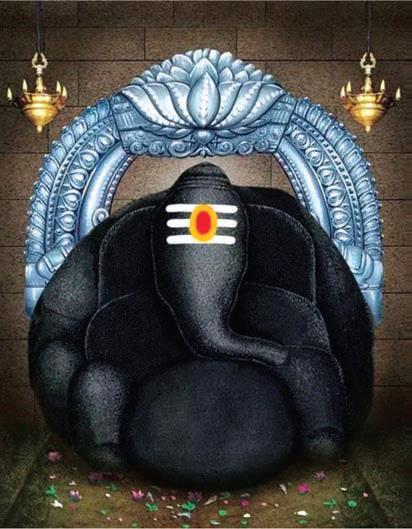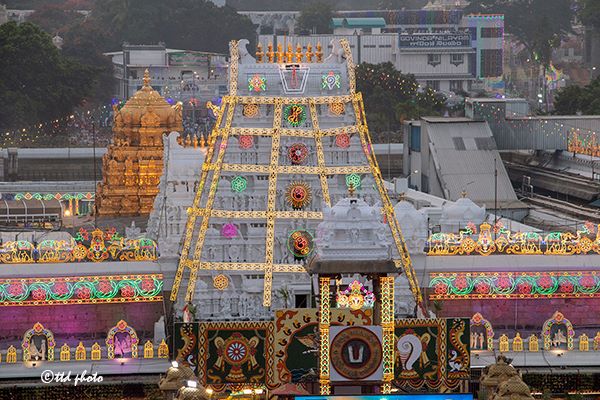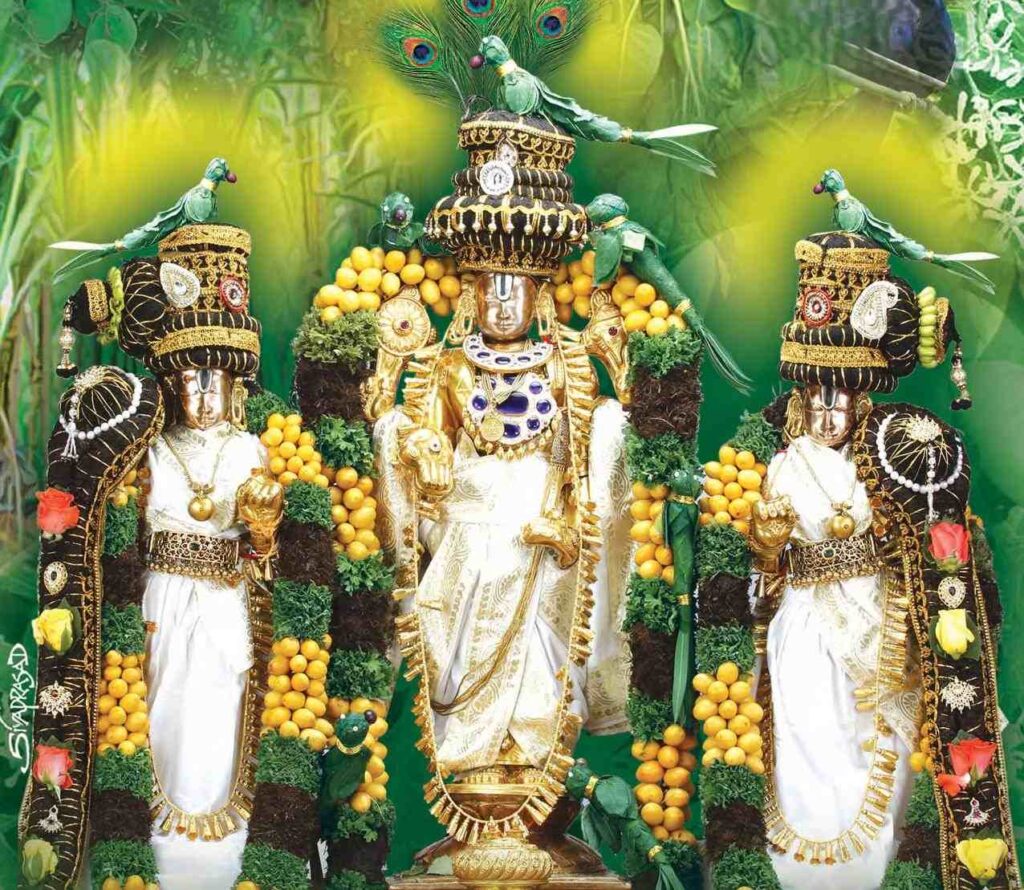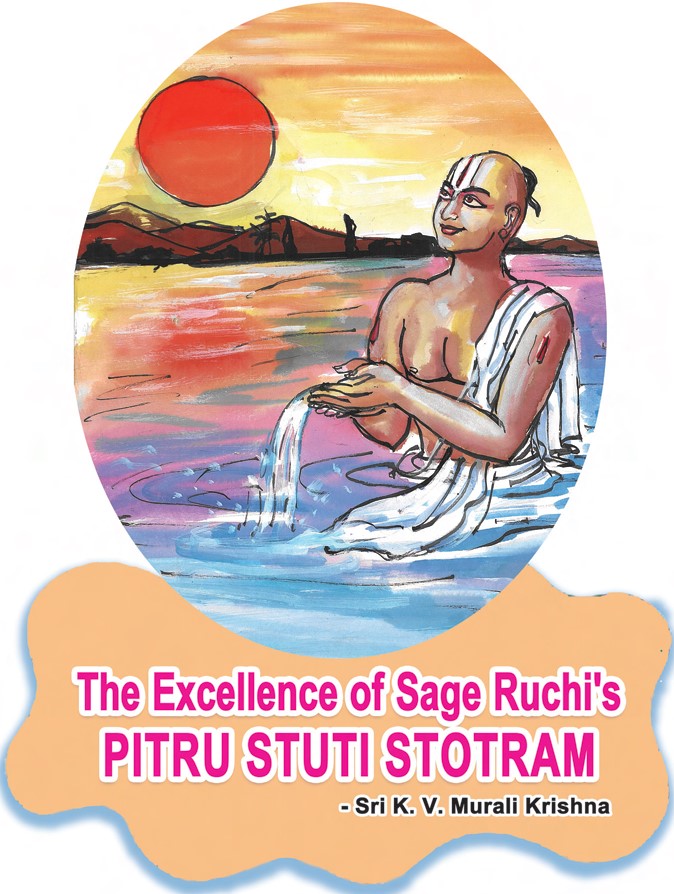Sri Vishnu Shatpadi Stotram by Jagatguru Sri Adi Shankaracharya ‘Sri Vishnu Shatpadi Stotram’ is the most fascinating stotram composed by Jagatguru Sri Adi Shankaracharya. He has composed this stotram of six verses with a great scholastic beauty in a literary and metaphorical style. In the Shatpadi Stotram, each verse is soaked in the sweet sugar Read More
Category: Stotram
Stotra is a Sanskrit word that means “ode, eulogy or a hymn of praise.” It is a literary genre of Indian religious texts designed to be melodically sung, in contrast to a shastra which is composed to be recited
Ganesha Pancharatna Stotram: Powerful Chant for Success & Prosperity
Ganesha Pancharatna Stotram: Chant for Blessings ‘Sri Ganesha Pancharatna Stotram’ is one among the many significantly divine compositions of Jagadguru Sri Adi Shankaracharya, praising the glory of Lord Ganesha. In Hindu tradition, it is a custom to worship Lord Ganesha at the commencement of every ritual. It is believed that Lord Ganesha being ‘Vigneswara’ will Read More
Sri Venkateswara Mangalasasanam
This article is dedicated to one of the 4 parts of Sri Venkateswara Suprabhatam, Mangalasasanam (or Sri Venkateswara Mangalasasanam) Introduction Sri Venkateswara or Balaji is the Saviour of Kaliyuga. The devotees have immense belief in Lord Venkateswara. God in return is showering boons on His devotees, as per their desires. The devotees Praise the Lord’s Read More
Sri Venkateswara Prapatti
Explaining Sri Venkateswara Prapatti Sri Venkatesa is the Ultimate God of this age of Kali. He is worshipped today by all, irrespective of caste, creed or sex. There is no place, that equals Tirumala Hills, and no God is matching Sri Venkatesa. The day starts with the ‘Suprabhatam’ at the temple. The Suprabhatam is comprised Read More
Sri Venkateswara Stotram
After waking up the Lord’s Chaitanya through the Suprabhatam hymns, the devotee sings of His glory describing His auspicious qualities and voicing forth the success that is always His. It is of the greatest importance that the Lord’s attributes are extolled; for only then they will come into play for succour in all the aspects Read More
Sri Vishnu Shatpadi Stotram – A Powerful Prayer by Adi Shankaracharya
Sri Vishnu Shatpadi Stotram by Jagatguru Sri Adi Shankaracharya ‘Sri Vishnu Shatpadi Stotram’ is the most fascinating stotram composed by Jagatguru Sri Adi Shankaracharya, He has composed this stotram of six verses with a great scholastic beauty in a literary and metaphorical style. In the Shatpadi Stotram each verse is soaked in the sweet sugar Read More
Pitru Stuti Stotram – Ancestor Prayers & Benefits
Sage Ruchi’s Pitru Stuti Stotram Let us explore ‘Pitru Stuti Stotram’ to glorify the excellence of ‘pitrues’ in this article. Pitru devatas Per the belief of the Hindus, the spirits of the departed forefathers, with utmost reverence, are called ‘Pitru devatas’ or ‘Pitrues’. After the death of an individual, his funeral rites are performed so Read More




